Professor Alan Short of Short and Associates
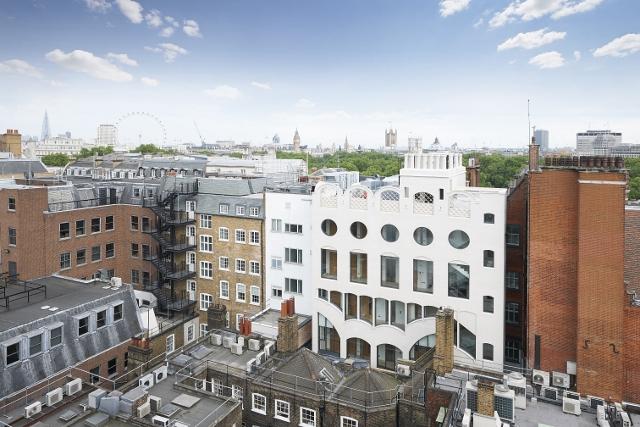

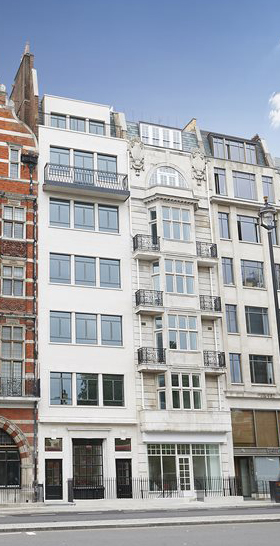
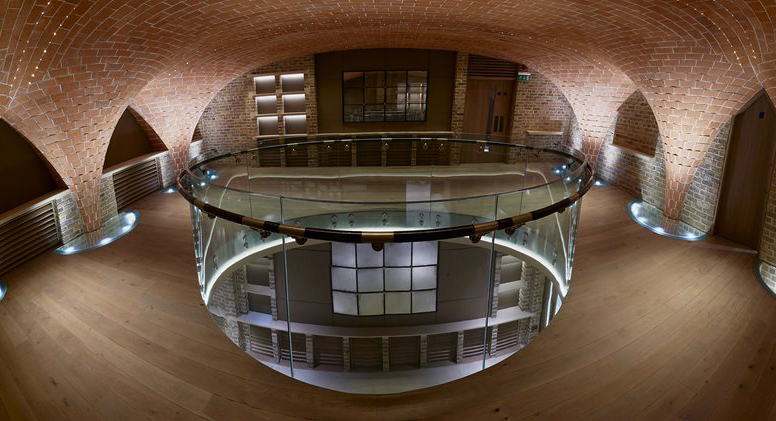
2 St James's Street, London (2016)
Nikolai Delvendahl and Eric Martin of Delvendahl Martin Architects
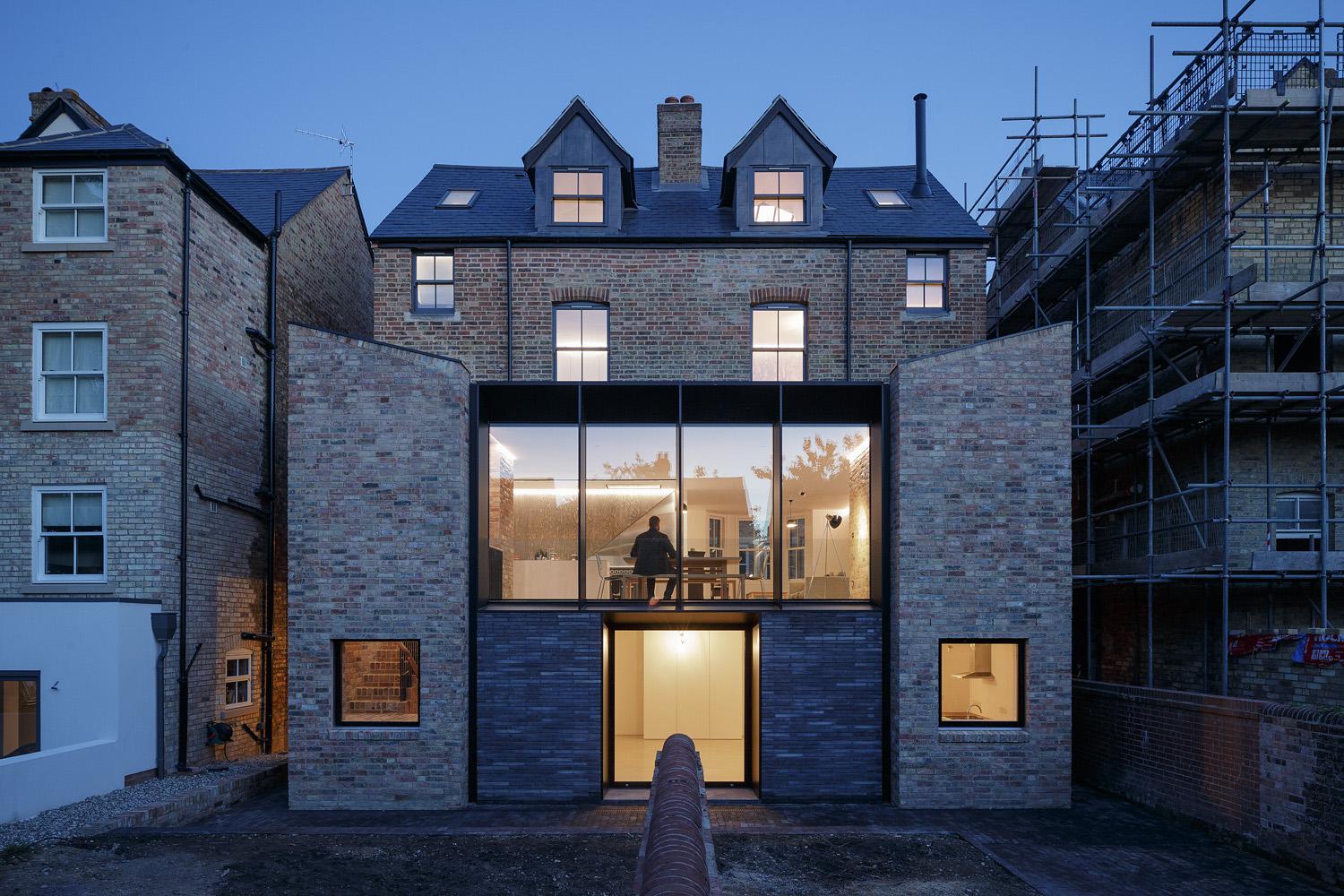
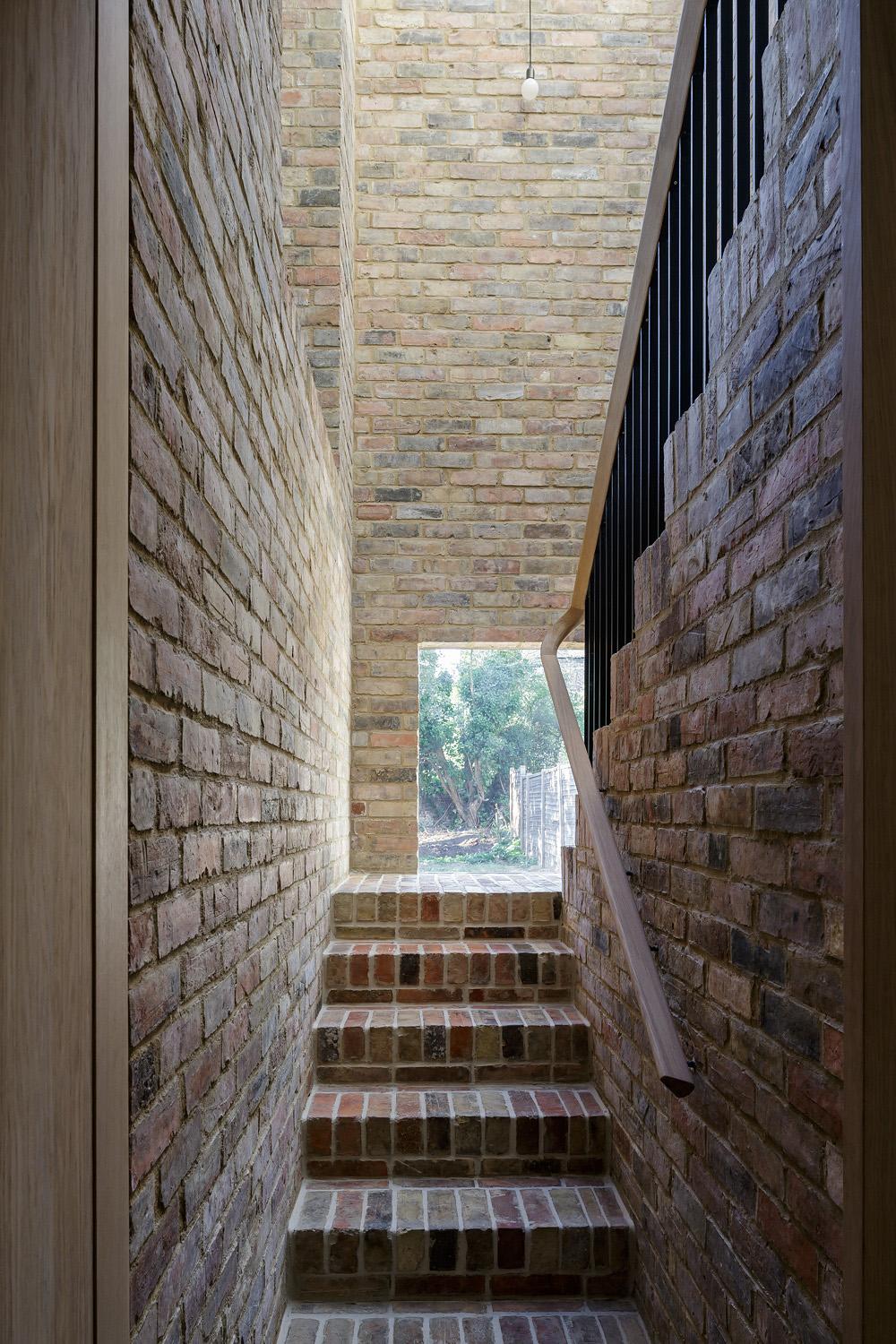
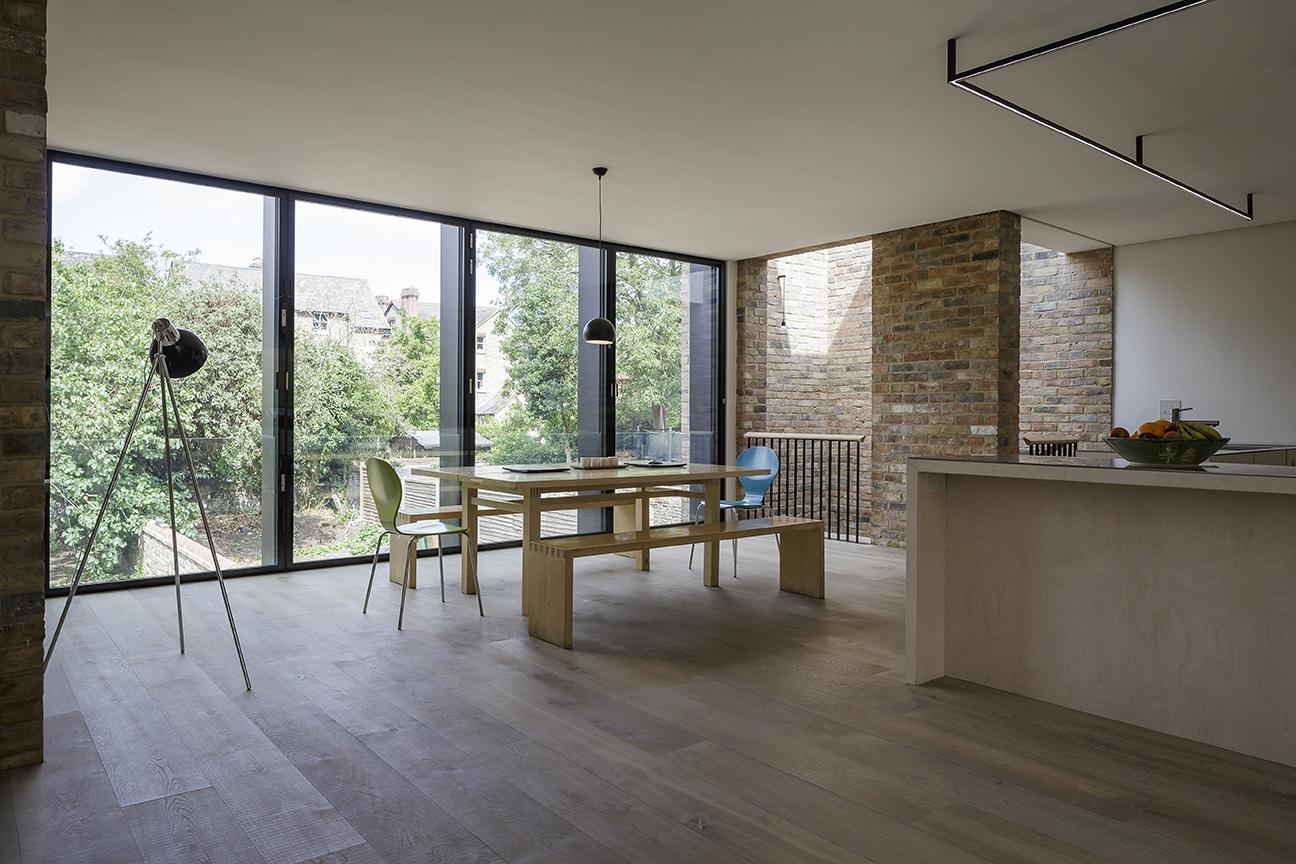
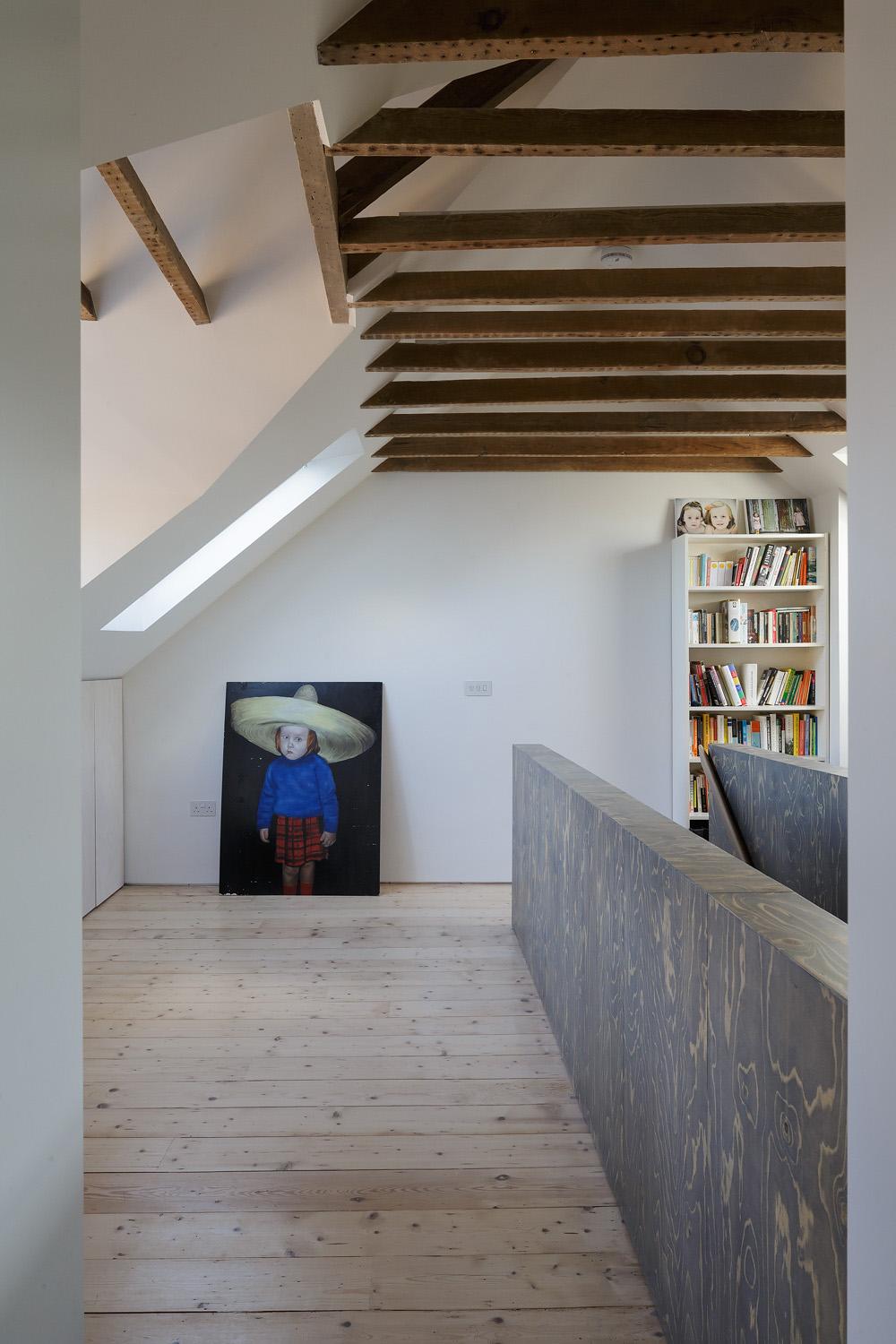
Semi-Detatched, Oxford (image credit: Tim Crocker)
Delvendahl Martin Architects recently completed work on a private residence in Oxford. The project involved the conversion of two semi-detached houses in central Oxford into one family home. Two existing Victorian houses are joined together by introducing a new staircase clad in stained timber at the centre of the plan and perpendicular to the party wall. The change of level from the entrance to the back garden is negotiated through a second staircase, in this case constructed using recovered bricks from the demolition works, and a new loggia accessible from the kitchen and main living room of the house. The loggia was built using materials of contrasting colours to the original houses in order to highlight the new construction and create a strong visual link, making the building look like one house as it was originally intended.
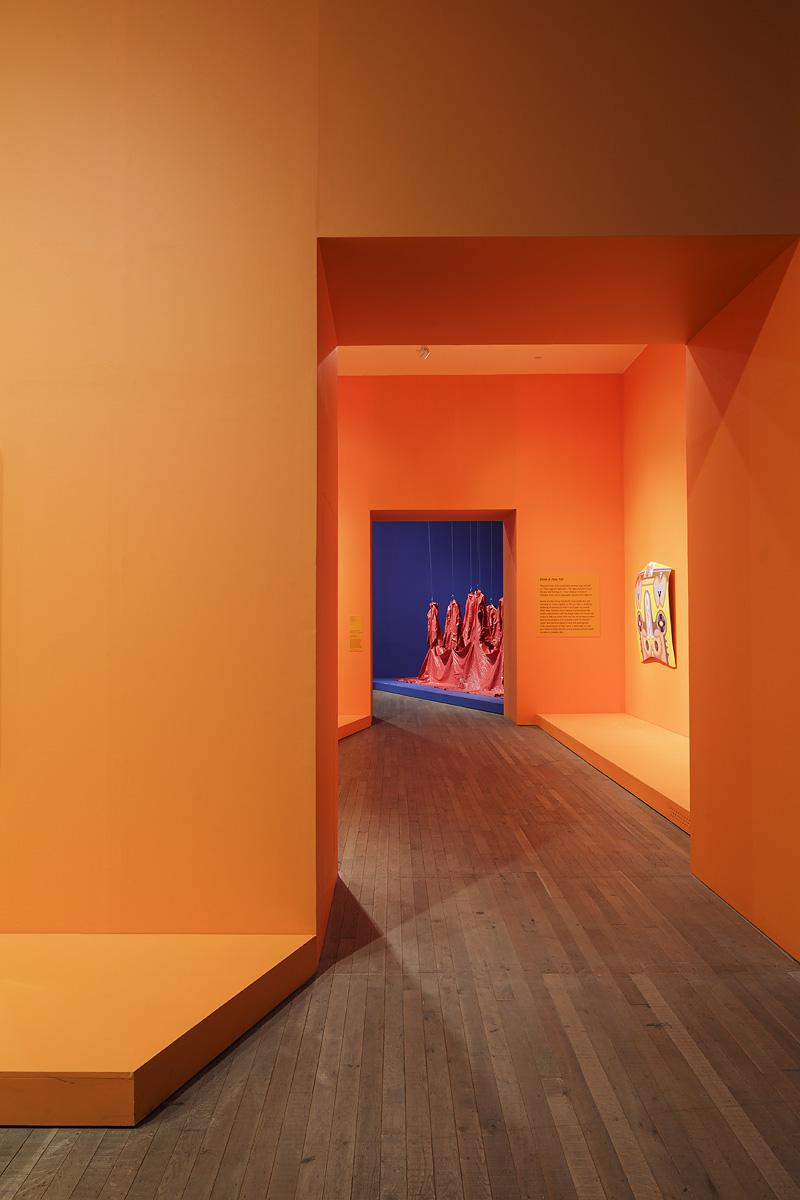

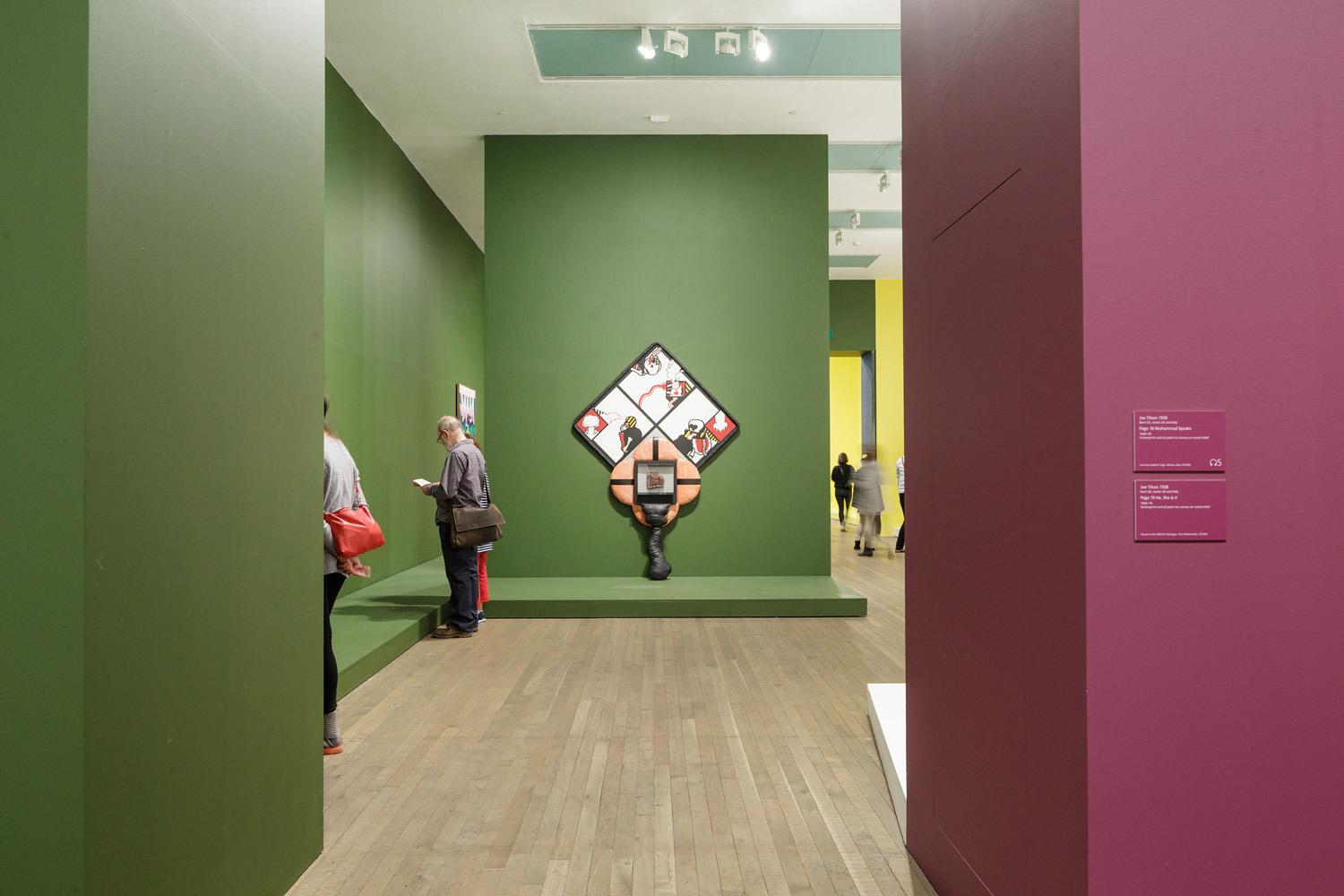
The World Goes Pop, Tate Modern, London (image credit: Tim Crocker)
Working closely with the curators as Exhibition Architects, Delvendahl Martin recently completed work on The World Goes Pop exhibition at the Tate Modern in London. The exhibition presents a new, global perspective on Pop Art, showing how different cultures and countries responded to the movement and revealing how pop art was and is more than just a celebration of western consumer culture. Contrary to the neutral white traditionally used as a back drop in art galleries, the walls for this exhibition were painted in a rich palette of carefully selected colours, meticulously coordinated with the art work. The colours are wrapped around corners and down to floor level by way of specially constructed plinths that cut through the space creating a visual connection between the rooms of the gallery. The plinths define a natural distance between the viewer and art work and act as bold platforms on which the exuberant art works are displayed.
Peter Karl Becher of Studio Becher
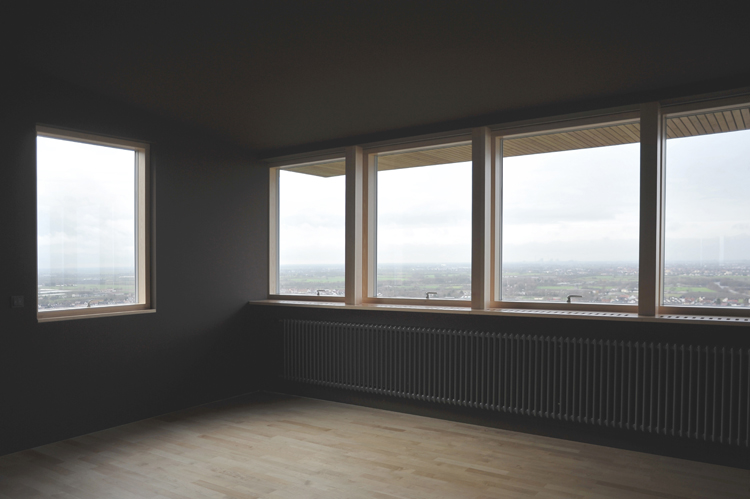
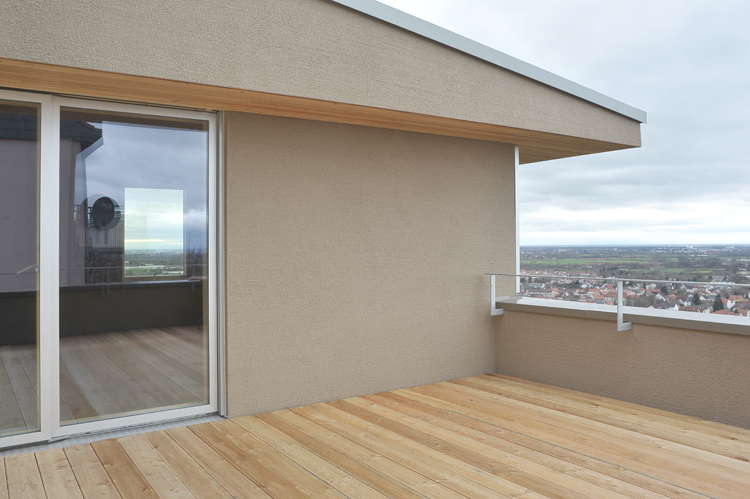
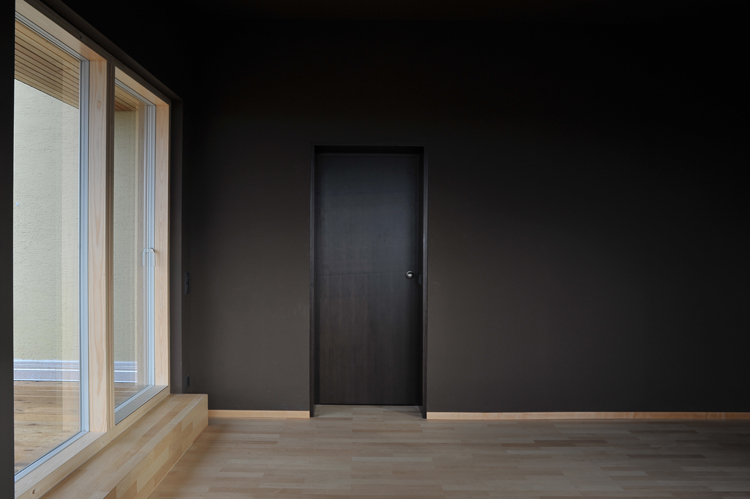
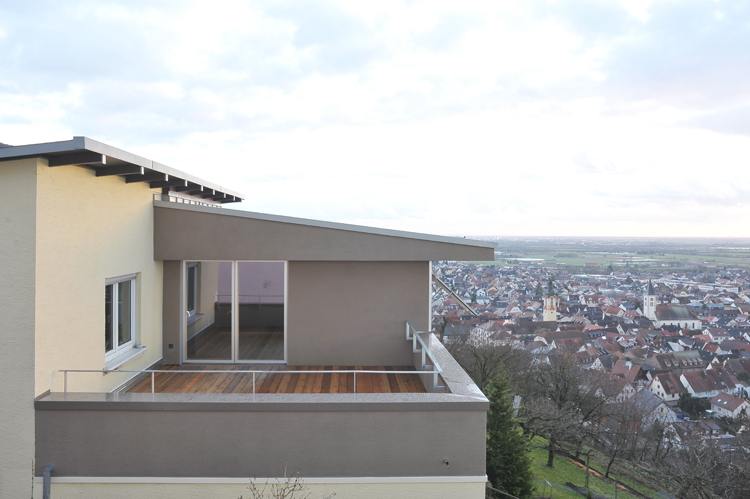
A Music Room - Extension of a 1958/74 house, Schriesheim/Germany, 2013-15:
Perched on the beautiful Branich hill in Schriesheim near Heidelberg, this music room with roof terrace for a violinist offers an unforgettable panorama of the Upper Rhine Valley and the Rhine-Neckar metropolitan region, with Speyer Cathedral in the far south, and Biblis nuclear power station in the north.
Built by a widowed mother of two in 1958, the original blockwork house was converted into a two-family house in 1974 with the option to vertically extend at a later stage. The resulting 50m2 roof terrace proved to be too large and exposed to the elements to be used comfortably. The music room sits atop half of the 1974 extension, and, along with the new timber decked terrace, is the last piece in completing the house. Read more here.
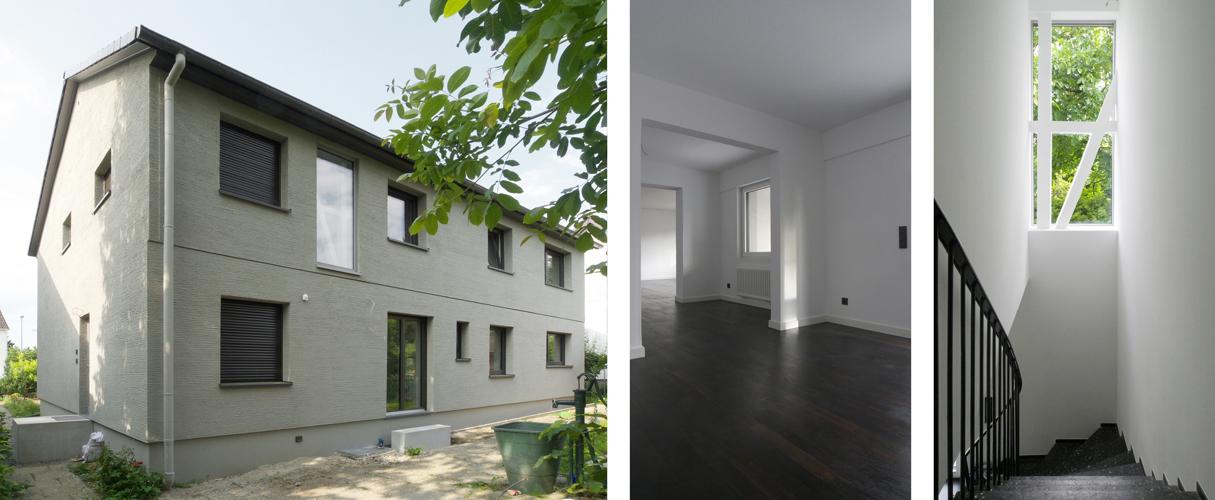
Private Residence, Wiesbaden/Germany, 2014 – Conversion of a 1970s catalogue house:
Erected in 1971, this catalogue house was originally designed for two single-child families. When purchased by the clients in 2012 it did not comply with the energy saving act (EnEV), the top floor flat hadn’t been inhabited for some time and the internal and external timber frame walls on that level were contaminated with Formaldehyde.
With exceptionally high land prices in Bierstadt, suburbanised in 1928 and strategically located just outside Wiesbaden proper, the budget left over for bringing this house back to standards was limited to 280'000 Euros. A significant portion of this money had to be secured for a new façade system including triple-glazed windows, new roof cladding and the replacement of most domestic services. The latter included the exchange of the oil heating system by gas incl. disposal of the tank, rewiring, new kitchen and bathrooms. The remaining money was invested in quality products and finishes as well as a few strategic interventions in line with the 1970s aesthetics of the house. Read more here.
Michael Ramage of Light Earth Designs
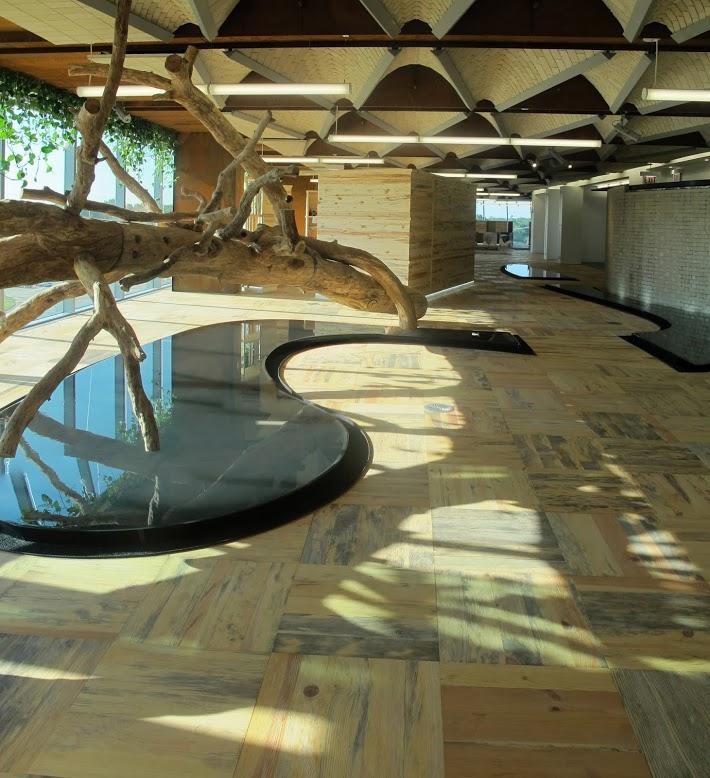
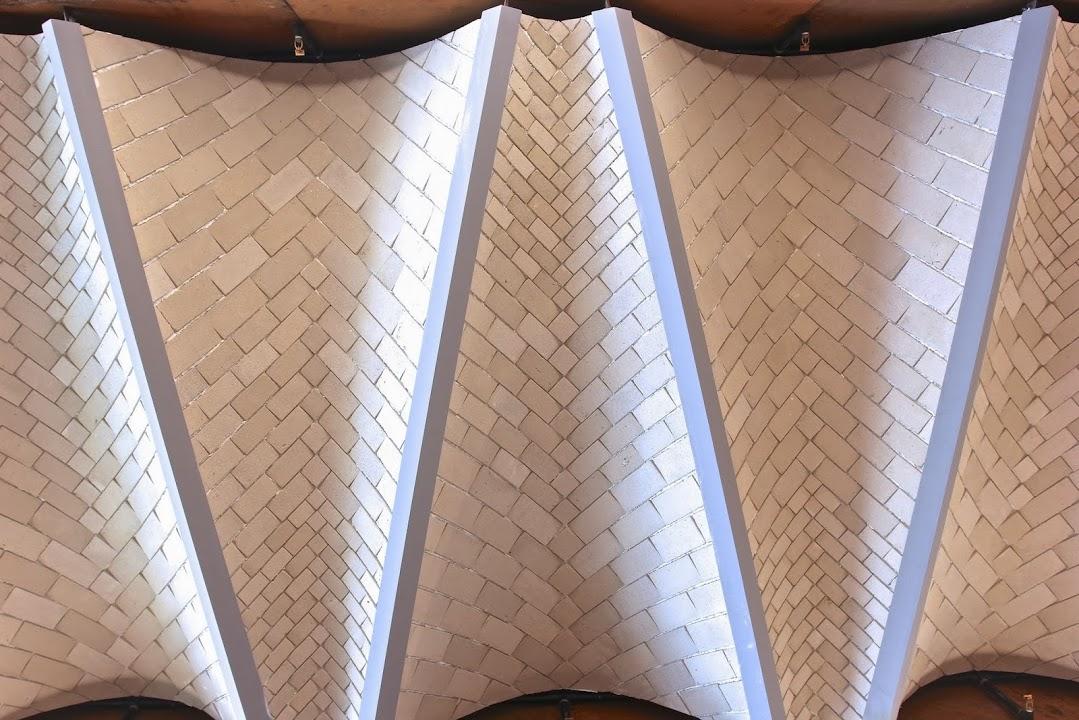
Chicago: Michael Ramage and his firm Light Earth Designs' most recent project is in Chicago, USA, where they have designed the interior of an office building. The client wanted the architecture of their offices to highlight that they think and work differently. As much as possible, they wanted to draw on nature. The material palette was largely limited to timber, earth masonry, and steel. The timber is beetle-damaged wood that is otherwise a waste product (or source of energy, which isn’t a good use of virgin wood), while the earth comes from the client’s farm a few miles away.
Pippa Nissen of Nissen Richards Studio
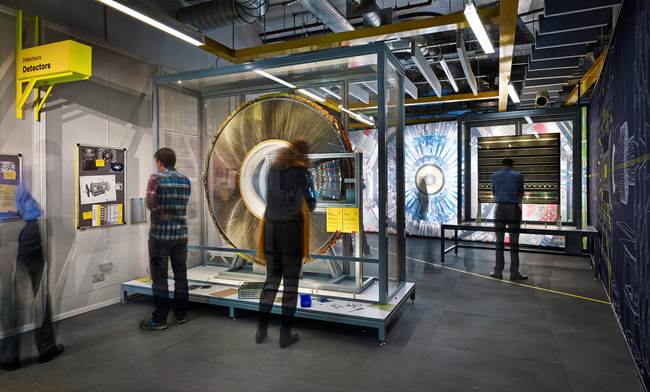
Collider: step inside the world's greatest experiment at the Science Museum, London, 13 November 2013 - 6 May 2014: A new exhibition that explains the Large Hadron Collider.
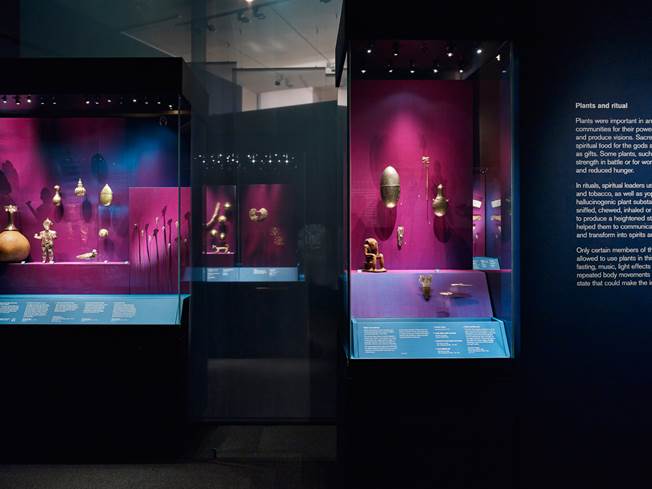
Beyond El Dorado: power and gold in ancient Colombia at the British Museum, London, 17 October 2013 - 23 March 2014: An exhibition at the British Museum.
Jonathan Hendry of Jonathan Hendry Architects

Beach Chalet - Salt marsh

Farm Office - On the edge of the Lincolnshire Wolds

Village Hall - On the periphery between suburbia and the open countryside
Dingle Price of Dingle Price Architects
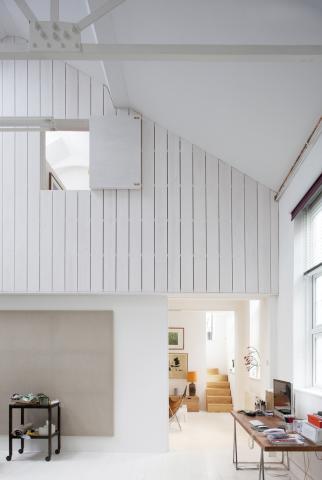
House for a Painter - A Victorian industrial building is subdivided to provide both a studio for a painter and a home for his family.The residence takes the form of a two storey house that sits within - and overlooks - the double-height studio space.
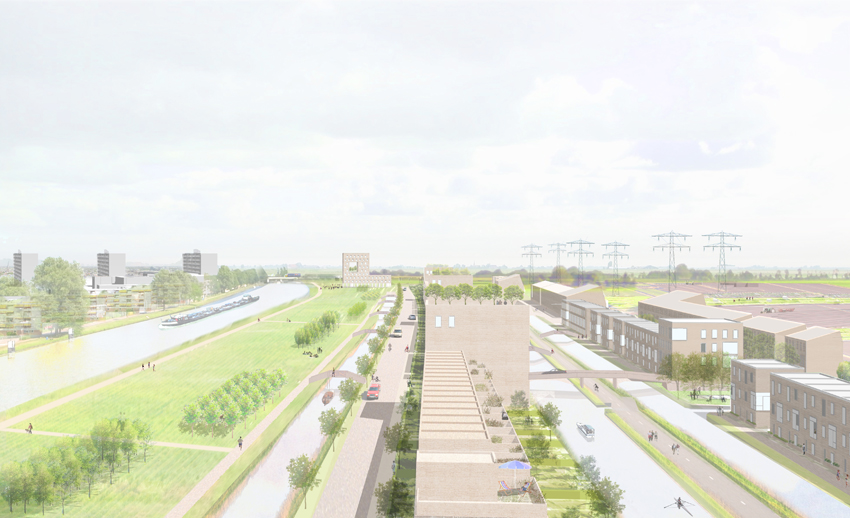
Leeuwarden - A Design for a new city district of 500 homes in the Frisian capital. The proposed development provides 95% of homes with south facing vertical gardens and waterway access. Every home is also allocated an allotment garden as part of a layered public-private green space strategy.
Stephen Smith of Wright & Wright Architects

Newlands Special Needs School, Southwark -The school is specifically designed for children with Social, Emotional and Behavioural Difficulties (SEBD). In response to SEBD design criteria, the school is a robust, two-storey building. A central courtyard at the heart of the building admits natural light deep into the plan and doubles as an amphitheatre connected to the performing arts space. A simple palette of materials was chosen based on durability and quality, including brick, concrete paving and bronze-powder coated aluminium windows and metalwork. The building is predominantly clad in yellow brick and organised as a series of two-storey, terrace-like ranges to integrate with the surrounding street typologies and urban grain.
Stephen Smith, a Design Fellow teaching second year studio was the project partner.
Nikolai Delvendahl and Eric Martin of Delvendahl Martin Architects

Bow Arts Trust - The project currently on site, includes improvements to the Nunnery Gallery and expansion of Bow Arts Trust’s office spaces at the heart of their Bow Road studio spaces. The works are part of a wider development strategy for the organisation’s premises, looking at the reclamation of underused spaces for public and artistic use. The project has been awarded funding by the Arts Council and is due for completion in early 2014.
